Find Help
More Items From Ergsy search
-
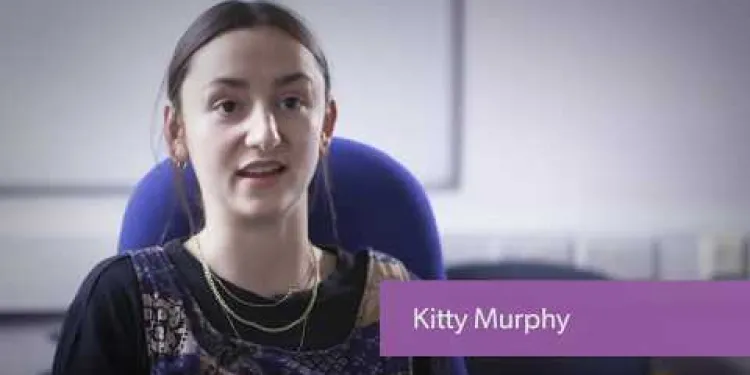
SLaM's Suicide Prevention, Learning and Support Strategy
Relevance: 100%
-
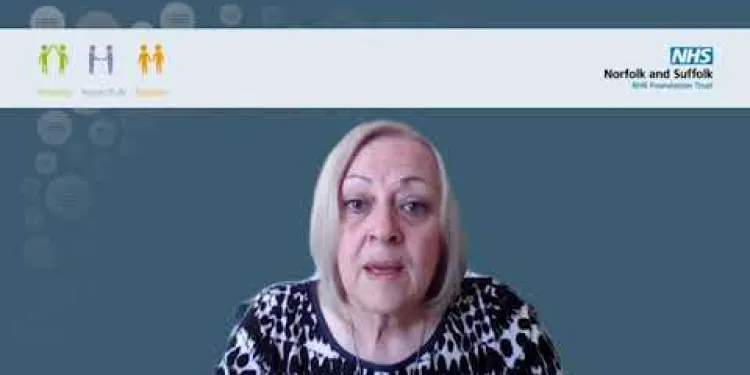
Suicide and Self Harm Prevention Strategy 2023-28
Relevance: 71%
-
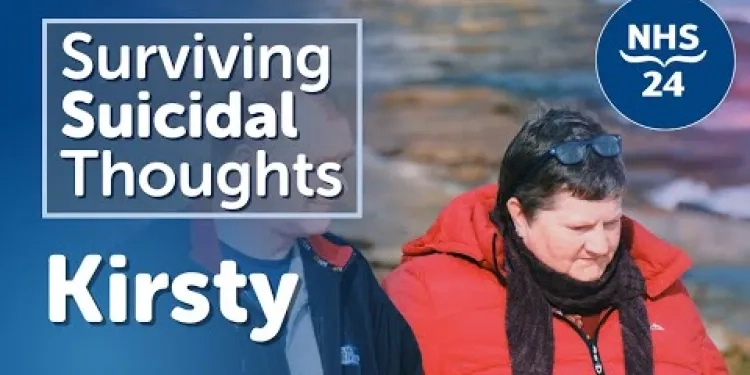
Suicidal Thoughts - Kirsty
Relevance: 45%
-
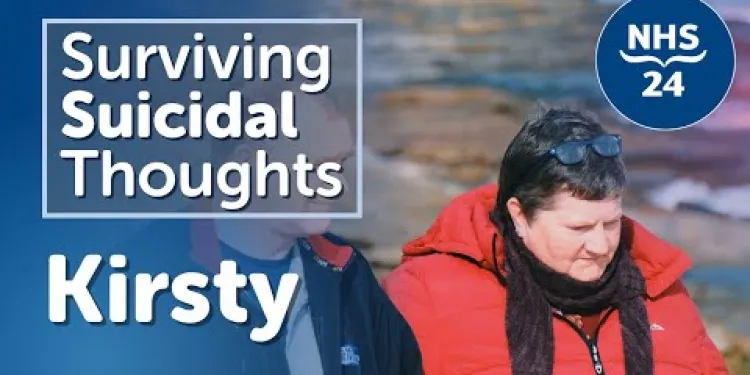
Kirsty | Surviving Suicidal Thoughts
Relevance: 44%
-

Linda | Surviving Suicidal Thoughts
Relevance: 44%
-

What is a learning disability?
Relevance: 33%
-

Are there online resources to learn more about fraud prevention?
Relevance: 32%
-

Accessing cervical screening with the right support for people with a learning disability
Relevance: 32%
-
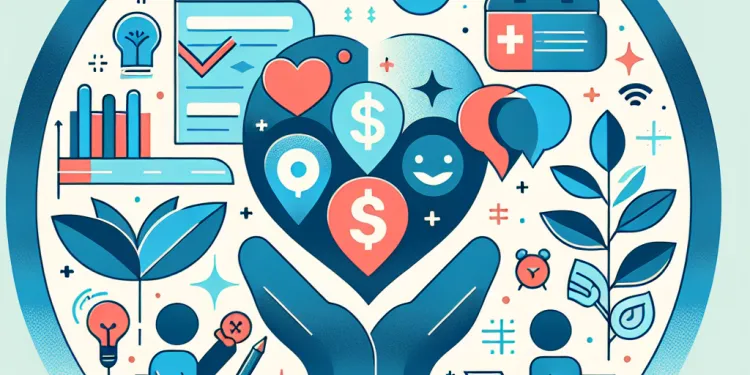
Mental Health Support for Families: Resources and Strategies
Relevance: 32%
-

Practical strategies to support young children who stammer
Relevance: 30%
-
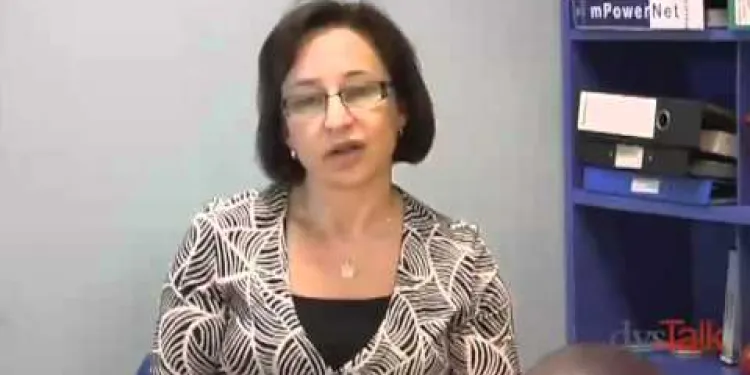
Dyslexia, Dyspraxia & Overlapping Learning Difficulties
Relevance: 27%
-
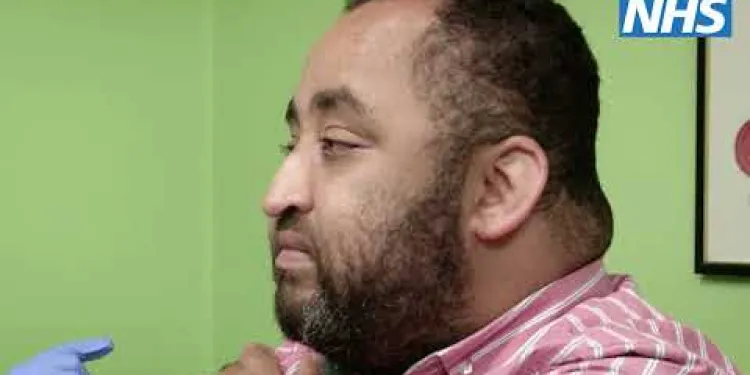
Flu vaccinations for people with a learning disability
Relevance: 27%
-

The NHS Long Term Plan for learning disability and autism
Relevance: 26%
-
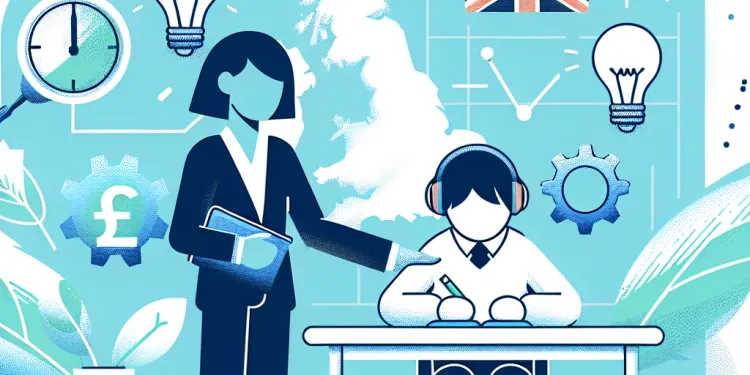
What role do teachers play in supporting SEND children?
Relevance: 25%
-

New Mental Health Strategy Launched to Address Youth Anxiety Epidemic
Relevance: 24%
-
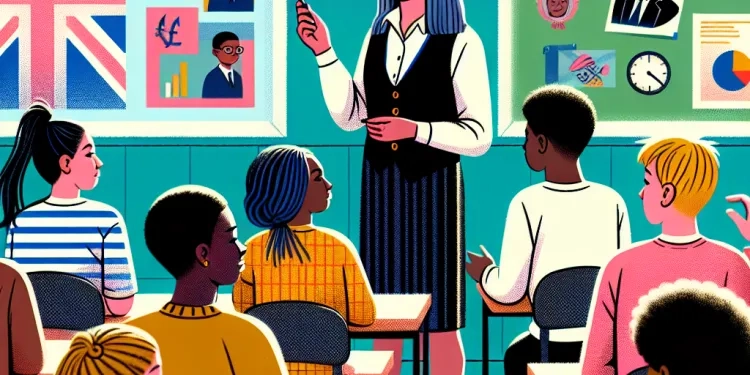
How can teachers support students with ADHD?
Relevance: 23%
-
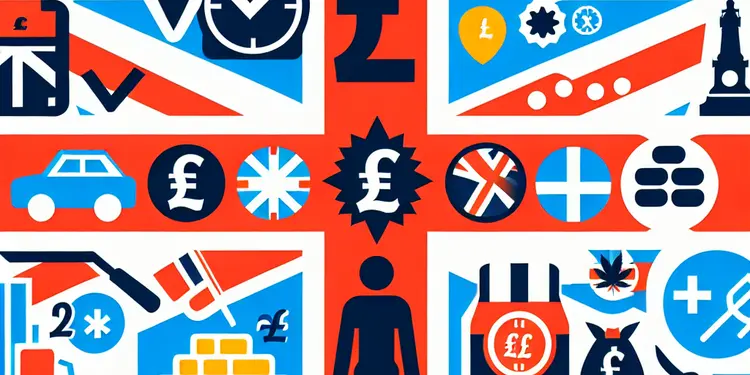
How does the sugar tax align with public health strategies?
Relevance: 23%
-
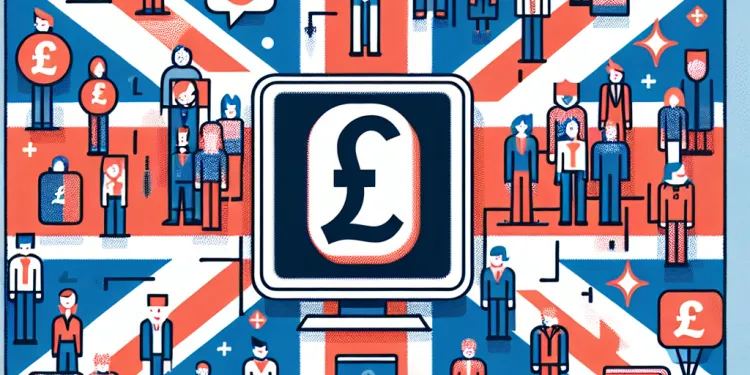
Can I learn first aid as a group?
Relevance: 23%
-

Where can I learn First Aid?
Relevance: 23%
-

Are there free resources for learning first aid?
Relevance: 23%
-
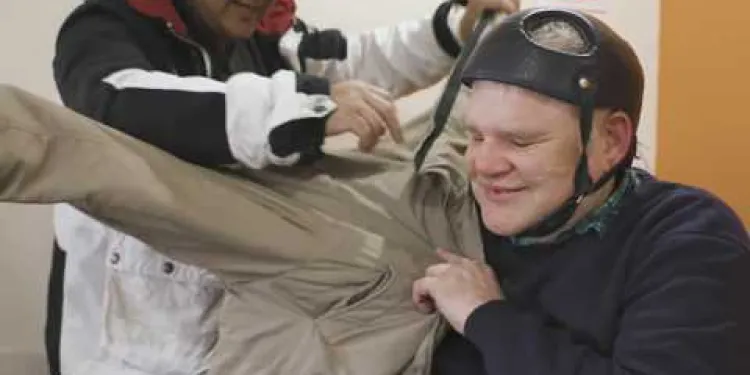
Transforming Care for people with Learning Disabilities and/ or Autism: Peter's Story
Relevance: 23%
-

Where can I learn first aid online?
Relevance: 22%
-

Strategies for Reducing Loneliness and Social Isolation in Urban Areas
Relevance: 22%
-

Can learning a new skill be considered a hobby for older adults?
Relevance: 22%
-
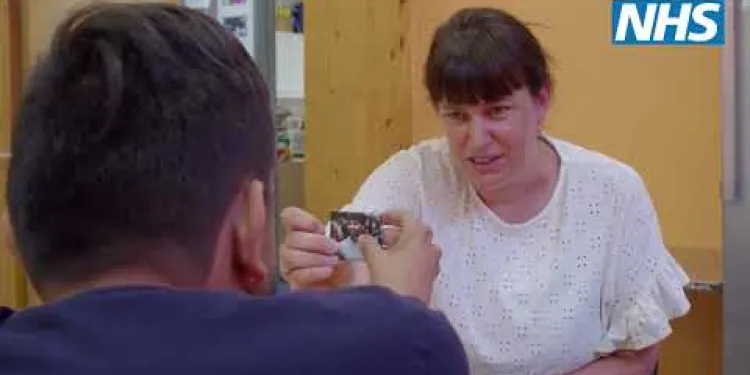
Use of reasonable adjustments to reduce health inequalities for people with a learning disability
Relevance: 22%
-
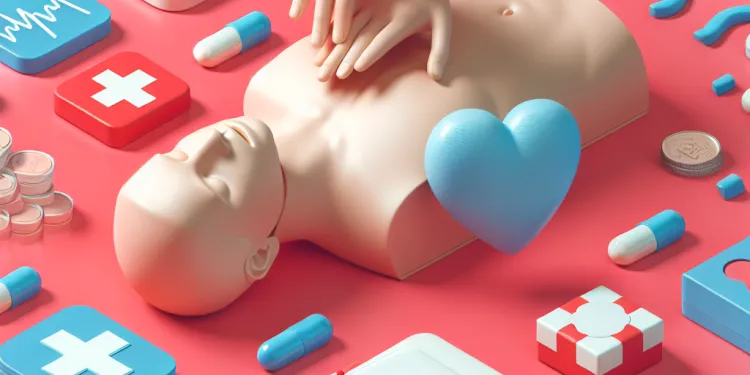
How important is it to learn CPR along with first aid?
Relevance: 22%
-

What age is appropriate to start learning first aid?
Relevance: 22%
-

What support is available for SEND children in schools?
Relevance: 21%
-

Falls Prevention Podcast
Relevance: 21%
-
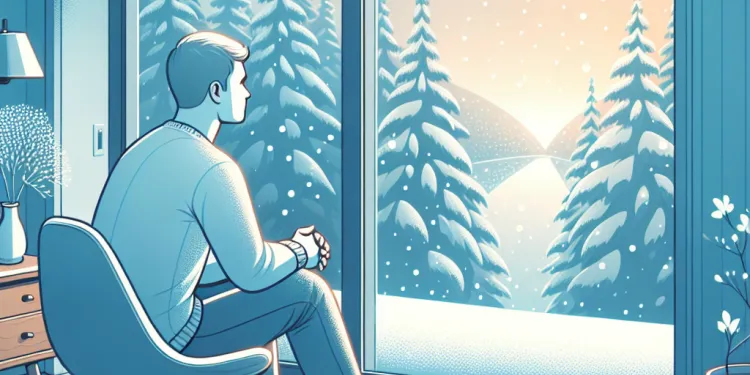
Strategies for Managing Seasonal Affective Disorder
Relevance: 21%
-

Is postnatal depression preventable?
Relevance: 21%
-

Are there any self-care strategies to cope with relationship-induced depression?
Relevance: 20%
-
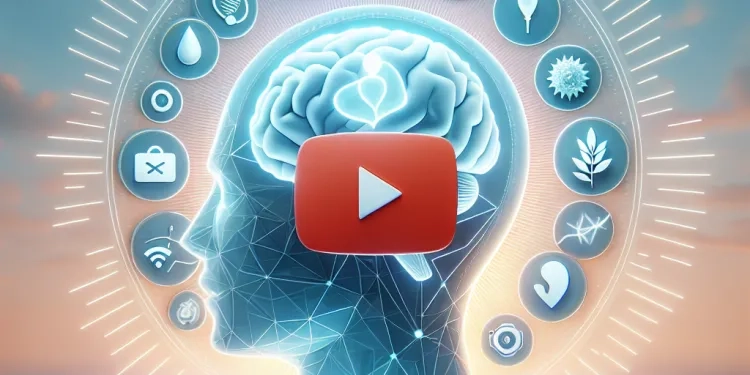
Can Alzheimer's disease be prevented?
Relevance: 20%
-

Can CFS be prevented?
Relevance: 20%
-
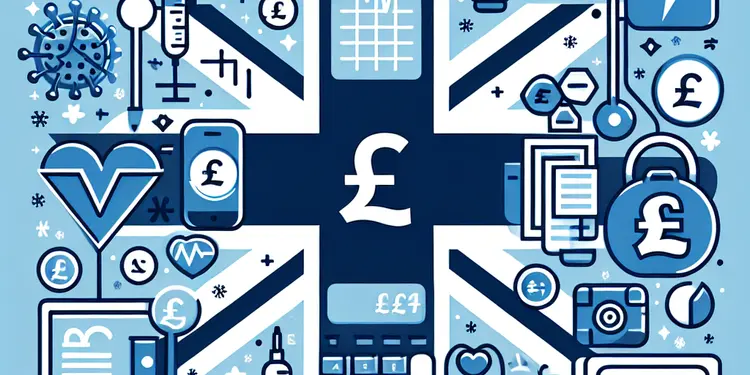
How can I improve my skills in primary care support?
Relevance: 20%
-
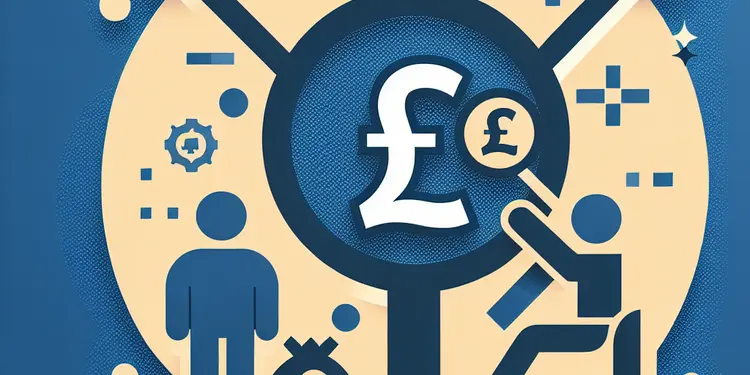
Can primary care support workers access mental health support?
Relevance: 20%
-
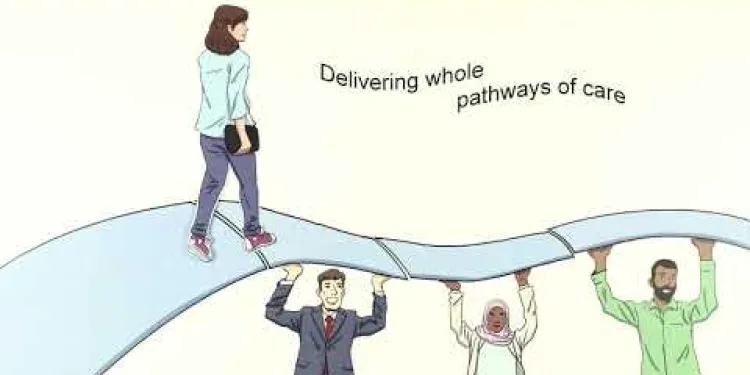
NHS-led Provider Collaboratives: improving mental health, learning disability and autism services
Relevance: 19%
-
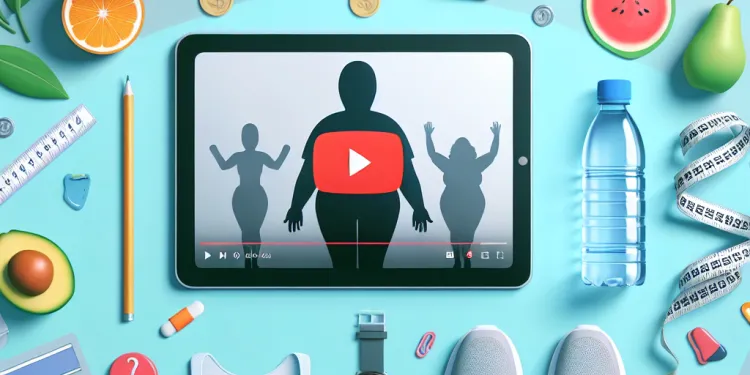
How can obesity be prevented?
Relevance: 19%
-

How can community helpers prevent burnout?
Relevance: 19%
-
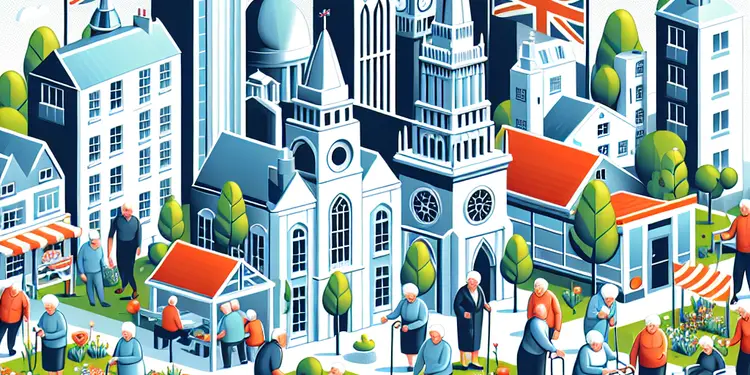
What is the role of community centers in supporting senior citizens?
Relevance: 19%
SLaM's Suicide Prevention, Learning and Support Strategy
Overview
South London and Maudsley NHS Foundation Trust (SLaM) is committed to tackling the critical issue of suicide prevention. Through its comprehensive Suicide Prevention, Learning and Support Strategy, SLaM aims to create a proactive framework that addresses the multifaceted aspects of suicide through prevention, early intervention, and continuous support to those in need. This strategy is vital to providing mental health care services to those in the South London area as well as setting a benchmark for practices within the United Kingdom.
Suicide Prevention Initiatives
One of the core elements of SLaM's strategy is the implementation of targeted suicide prevention initiatives. These initiatives include community outreach programs, training for healthcare professionals, and public awareness campaigns. By fostering a community-based approach, SLaM aims to identify at-risk individuals early and offer them the necessary support and resources. Additionally, SLaM works in collaboration with local authorities and third-sector organizations to ensure a comprehensive and unified approach to suicide prevention.
Learning and Development
Education and training are fundamental components of SLaM's strategy. The Trust is dedicated to providing continuous professional development for staff, equipping them with the latest knowledge and skills needed to detect warning signs and intervene effectively. This includes specialized training focused on mental health first aid, crisis intervention, and trauma-informed care. Furthermore, SLaM emphasizes the importance of learning from past incidents through a systematic approach that involves detailed case reviews and dissemination of key insights to improve practices.
Support Services
SLaM offers a plethora of support services aimed at those affected by suicidal thoughts and behaviors. These include helplines, counseling services, and peer support groups. By ensuring that accessible and immediate help is available, SLaM aims to reduce the barriers that individuals often face when seeking help. The Trust also extends its support to families and caregivers, recognizing the crucial role they play in the recovery and well-being of the individual.
Community Engagement
Community engagement is a critical aspect of SLaM's strategy. By fostering partnerships with schools, employers, and local organizations, SLaM aims to create a supportive environment that actively works towards reducing stigma and promoting mental health awareness. Public seminars, workshops, and information sessions are routinely organized to educate the community about recognizing signs of distress and the importance of early intervention.
Conclusion
SLaM's Suicide Prevention, Learning and Support Strategy represents a comprehensive, multifaceted approach to tackling the issue of suicide. Through prevention initiatives, learning and development programs, support services, and community engagement, SLaM is committed to making a significant impact in reducing suicide rates and improving mental health outcomes in South London and beyond. By adopting this proactive and inclusive strategy, SLaM aims to create a safer, more supportive community for all individuals.
SLaM's Plan to Stop Suicide and Help People
What is This Plan?
South London and Maudsley NHS Foundation Trust, called SLaM, wants to stop people from dying by suicide. They have a strong plan to help stop suicide. This plan is about helping people before problems start, giving support quickly, and learning how to help better. SLaM wants to be the best at helping people with mental health problems in South London and all of the UK.
Ways to Stop Suicide
SLaM has special ways to help stop suicide. They talk to people in local communities, teach health workers, and tell more people about suicide. By working in the community, SLaM wants to find people who need help early. They work with groups and community leaders to make sure everyone helps stop suicide together.
Learning and Getting Better
Learning is important to SLaM. They teach their staff new skills to help them see when someone needs help. Staff learn about mental health, how to help in a crisis, and how to care when someone is upset. SLaM looks at past cases to learn what worked and what didn’t, so they can get better at helping people.
Helping Services
SLaM has many ways to help people who have sad thoughts. They offer phone help lines, talking with counselors, and groups where people support each other. It is important for people to get help quickly, so SLaM makes sure help is easy to get. Families and carers also get help because they are very important for the recovery process.
Working with the Community
SLaM works with schools, employers, and local groups to help people understand mental health. They hold talks, workshops, and meetings to teach people how to see when someone needs help and why early help is important. This helps to make the community a safe and caring place.
In Summary
SLaM's plan to stop suicide helps in many ways. They focus on stopping problems early, teaching their staff, giving people help, and working with others in the community. SLaM wants to make South London safe and supportive for everyone, reducing the number of suicides and helping with mental health. This plan helps everyone feel they are not alone and can get help when they need it.
Frequently Asked Questions
What is the main goal of the SLaM Suicide Prevention, Learning and Support Strategy?
The main goal is to reduce the incidence of suicide and support those affected by it through a comprehensive approach that includes prevention, intervention, and postvention strategies.
Who can benefit from SLaM’s suicide prevention strategy?
The strategy benefits individuals at risk of suicide, those bereaved by suicide, healthcare professionals, and the wider community by providing guidance, support, and resources.
What are the key components of the strategy?
The key components include increasing awareness and understanding of suicide, enhancing early intervention, supporting those affected by suicide, and fostering collaborative partnerships.
How does SLaM provide support to those at risk of suicide?
SLaM offers direct clinical support, crisis intervention services, mental health care, and access to helplines and online resources tailored to individual needs.
What role do healthcare professionals play in the strategy?
Healthcare professionals are crucial for early identification, risk assessment, delivery of appropriate interventions, and continuous support for individuals at risk of suicide.
How can family members and friends help someone they believe is at risk?
Family members and friends can offer emotional support, encourage professional help, stay connected, and learn about warning signs and intervention strategies.
What are some common warning signs of someone considering suicide?
Common warning signs include extreme mood swings, withdrawal from social interactions, talk of hopelessness, and drastic changes in behavior or habits.
How does SLaM address the needs of those bereaved by suicide?
SLaM provides specialized bereavement support groups, counselling services, and resources to help individuals cope with their loss and connect with others facing similar experiences.
What training does SLaM offer to improve suicide prevention skills?
SLaM offers various training programs for healthcare professionals, educators, and community members focused on risk assessment, crisis intervention, and supportive communication.
How is the effectiveness of the strategy evaluated?
The effectiveness is evaluated through regular monitoring and analysis of suicide rates, feedback from service users and providers, and ongoing research to refine and improve interventions.
Does SLaM collaborate with other organizations for suicide prevention?
Yes, SLaM collaborates with local authorities, healthcare providers, charities, and community organizations to create a comprehensive support network and share best practices.
What role does the community play in suicide prevention?
The community plays a vital role by fostering open dialogue about mental health, reducing stigma, supporting those at risk, and participating in prevention and education initiatives.
Are there any helplines or online resources recommended by SLaM?
Yes, SLaM recommends resources such as the Samaritans, NHS 111, Mind, and specific local crisis helplines for immediate help and support.
How can someone access SLaM’s services?
Individuals can access SLaM’s services through referrals from healthcare professionals, direct contact via their website, or by calling their support lines.
What should someone do in an immediate crisis situation?
In an immediate crisis, individuals should contact emergency services by dialing 999, visit the nearest A&E department, or reach out to crisis helplines such as the Samaritans.
What is the main aim of the SLaM Plan to Stop Suicides and Give Help?
The main goal is to help stop people from taking their own lives. We also want to help people who are hurt by it. We do this by:
- Stopping it from happening
- Helping people when it's happening
- Supporting people after it happens
Here are some ways to help:
- Talk to someone who cares and can listen.
- If you feel sad, tell a grown-up you trust.
- Use calming activities like drawing, listening to music, or going for a walk.
Who can get help from SLaM's plan to stop suicide?
This plan helps people who might think about hurting themselves, people who are sad because someone they know has died like this, doctors and nurses, and everyone in the community. It gives them help, support, and useful things to look at.
What are the important parts of the plan?
This is asking about the main things in a plan. A plan is like a map for what to do. Look for:
- The big steps you need to take.
- The tools or things you need to have.
- Who will help or be part of the plan.
You can use pictures or diagrams to see the plan better. A checklist can also help you follow the steps.
The main parts are:
- Learning more about why people think of suicide.
- Helping people quickly when they feel sad or alone.
- Being there for people who feel hurt by suicide.
- Working together with others to help.
How does SLaM help people who might think about hurting themselves?
SLaM helps people with mental health. They give support when you feel very upset or worried. They have doctors and nurses to help you feel better. If you are in a crisis, they will help you right away. You can also call their helplines or use the internet to get help that is just right for you.
How do healthcare workers help in the plan?
Healthcare workers, like doctors and nurses, are very important in the plan. They help people stay healthy and get better when they are sick.
To make reading easier, you can use tools like reading rulers or listen to audio versions of text.
Doctors and nurses are very important. They help find people who might need help to keep safe. They help by checking how at risk they are, giving them the right care, and always being there to help them.
How can family and friends help someone in danger?
If you think someone might be in danger, you can help them. Here are some simple ways:
- Talk to them: Ask if they are okay. Listen to what they say.
- Be kind: Show them you care. Spend time with them.
- Get help: Talk to an adult you trust. You can also call a help line for advice.
- Stay with them: Check on them often. Make sure they know they are not alone.
Remember, you can always ask for help if you are worried about someone.
Family and friends can help in these ways:
- Be kind and listen to your friend or family member.
- Tell them it's okay to ask a counselor or doctor for help.
- Keep in touch by calling or visiting them.
- Learn what to do if they are feeling really sad or upset.
What are some signs that someone might be thinking about hurting themselves?
It is important to know how to help if someone is thinking about hurting themselves. Here are some signs to look for:
- They talk about wanting to die or hurt themselves.
- They feel very sad all the time.
- They start giving away things they love.
- They stop doing things they enjoy.
- They say they feel like a burden to others.
- They start acting differently, like being very quiet or angry.
If you notice these signs, talk to a trusted adult like a family member, teacher, or counselor. They can help.
Remember, you are not alone, and it's okay to ask for help.
Common warning signs are big mood changes, staying away from friends, talking about feeling hopeless, and big changes in behavior or habits.
How does SLaM help people whose loved ones died by suicide?
SLaM is there to support you if someone you love has died by suicide. They understand that this is a very hard time for you. Here is how they can help:
- They listen to you and make you feel understood.
- They offer you meetings to talk about your feelings.
- They can suggest other support services for you to try.
- They help you find ways to feel better.
Remember, it is okay to feel sad, and asking for help is a good step.
Using pictures or talking with a friend can also help you understand these ideas better. If you like, you can write or draw how you feel.
SLaM has special groups to help when someone you love has died. They also have people you can talk to and things to read. These can help you feel better and meet others who are also sad because they have lost someone.
What Does SLaM Teach to Help Stop Suicides?
SLaM has training programs for doctors, teachers, and community members. These programs teach about risk assessment, handling crises, and how to talk and listen in a helpful way.
How do we check if the plan is working?
We look at the plan to see if it is doing a good job. We want to know if it is helping us reach our goals. This is how we check:
- We watch what happens when we use the plan.
- We talk to people to see if they think the plan is good.
- We look at results to see if things are getting better.
- We can use pictures or charts to help us see the results.
Tools that can help:
- Visual aids: Simple charts or drawings can show results clearly.
- Clear steps: Breaking the process into simple steps makes it easier to follow.
To see how well it works, we look at how many people are dying from suicide. We also ask people who use and provide the services what they think. We keep doing research to make everything better.
Does SLaM work with other groups to stop suicide?
SLaM is short for South London and Maudsley NHS Foundation Trust. They help people with their mental health.
Yes, SLaM works with other groups to help stop suicide. They team up with doctors, nurses, and community helpers. This way, they can give more support to people who need it.
People can stay safe if everyone works together to help.
If you or someone you know needs help, you can talk to a trusted adult. You can also call a helpline for support.
Yes, SLaM works with local councils, doctors, nurses, charities, and community groups. They help and share good ideas with each other.
If you find it hard to read, you can try using text-to-speech tools. These tools can read the words out loud to you.
How can people help stop others from hurting themselves?
The community helps a lot by talking openly about mental health. This makes it less scary and more normal. People in the community also support each other, look out for those who might need help, and learn together about how to stay healthy.
Can SLaM suggest any phone lines or websites for help?
Yes, SLaM says to use places like the Samaritans, NHS 111, and Mind if you need help quickly. They also say to call local crisis helplines for support.
How can you get help from SLaM?
If you need help from SLaM, here is what you can do:
- Ask your doctor. Your doctor can help you talk to SLaM.
- Contact SLaM yourself. You can call them or visit their website for more info.
Helpful tools:
- Use a phone: Call SLaM for help.
- Ask a friend: A friend can help you call or visit the website.
You can get help from SLaM in a few ways. A doctor or nurse can help you get in touch with them. You can also visit their website or call them on the phone.
What to Do in an Emergency?
If you are in a dangerous situation, you should get help right away. Here are some easy steps you can follow:
- Stay calm and try to keep safe.
- Call 911 or your local emergency number if you need a police officer, ambulance, or firefighter.
- Tell someone you trust what is happening.
- Use a phone or device to ask for help.
Sometimes, talking to a friend or family member can make you feel better. Writing down what you are feeling may also help.
If you are in trouble right now, you can get help. Call 999 for emergency services. You can also go to the nearest A&E department at a hospital. Another way to get help is to call a crisis helpline like the Samaritans. They are there to listen and help you.
Useful Links
- Ergsy carfully checks the information in the videos we provide here.
- Videos shown by Youtube after a video has completed, have NOT been reviewed by ERGSY.
- To view, click the arrow in centre of video.
- Most of the videos you find here will have subtitles and/or closed captions available.
- You may need to turn these on, and choose your preferred language.
- Go to the video you'd like to watch.
- If closed captions (CC) are available, settings will be visible on the bottom right of the video player.
- To turn on Captions, click settings .
- To turn off Captions, click settings again.
More Items From Ergsy search
-

SLaM's Suicide Prevention, Learning and Support Strategy
Relevance: 100%
-

Suicide and Self Harm Prevention Strategy 2023-28
Relevance: 71%
-

Suicidal Thoughts - Kirsty
Relevance: 45%
-

Kirsty | Surviving Suicidal Thoughts
Relevance: 44%
-

Linda | Surviving Suicidal Thoughts
Relevance: 44%
-

What is a learning disability?
Relevance: 33%
-

Are there online resources to learn more about fraud prevention?
Relevance: 32%
-

Accessing cervical screening with the right support for people with a learning disability
Relevance: 32%
-

Mental Health Support for Families: Resources and Strategies
Relevance: 32%
-

Practical strategies to support young children who stammer
Relevance: 30%
-

Dyslexia, Dyspraxia & Overlapping Learning Difficulties
Relevance: 27%
-

Flu vaccinations for people with a learning disability
Relevance: 27%
-

The NHS Long Term Plan for learning disability and autism
Relevance: 26%
-

What role do teachers play in supporting SEND children?
Relevance: 25%
-

New Mental Health Strategy Launched to Address Youth Anxiety Epidemic
Relevance: 24%
-

How can teachers support students with ADHD?
Relevance: 23%
-

How does the sugar tax align with public health strategies?
Relevance: 23%
-

Can I learn first aid as a group?
Relevance: 23%
-

Where can I learn First Aid?
Relevance: 23%
-

Are there free resources for learning first aid?
Relevance: 23%
-

Transforming Care for people with Learning Disabilities and/ or Autism: Peter's Story
Relevance: 23%
-

Where can I learn first aid online?
Relevance: 22%
-

Strategies for Reducing Loneliness and Social Isolation in Urban Areas
Relevance: 22%
-

Can learning a new skill be considered a hobby for older adults?
Relevance: 22%
-

Use of reasonable adjustments to reduce health inequalities for people with a learning disability
Relevance: 22%
-

How important is it to learn CPR along with first aid?
Relevance: 22%
-

What age is appropriate to start learning first aid?
Relevance: 22%
-

What support is available for SEND children in schools?
Relevance: 21%
-

Falls Prevention Podcast
Relevance: 21%
-

Strategies for Managing Seasonal Affective Disorder
Relevance: 21%
-

Is postnatal depression preventable?
Relevance: 21%
-

Are there any self-care strategies to cope with relationship-induced depression?
Relevance: 20%
-

Can Alzheimer's disease be prevented?
Relevance: 20%
-

Can CFS be prevented?
Relevance: 20%
-

How can I improve my skills in primary care support?
Relevance: 20%
-

Can primary care support workers access mental health support?
Relevance: 20%
-

NHS-led Provider Collaboratives: improving mental health, learning disability and autism services
Relevance: 19%
-

How can obesity be prevented?
Relevance: 19%
-

How can community helpers prevent burnout?
Relevance: 19%
-

What is the role of community centers in supporting senior citizens?
Relevance: 19%


